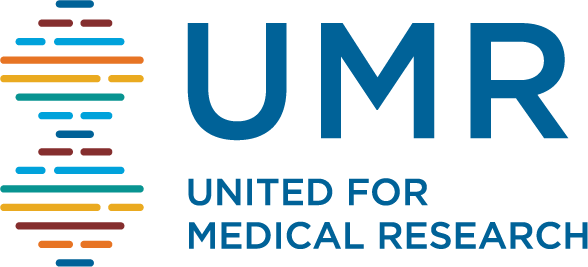December 10, 2013
New research profiles underscore irreversible harm felt in research labs nationwide
WASHINGTON – In a new series released today by United for Medical Research (UMR), researchers across the nation share the stories of how sequestration has impacted medical research; halting promising scientific studies, discouraging the next generation of researchers and impacting patients and the future of medicine. These new stories of the impact of the $1.6 billion sequester cut to the National Institutes of Health (NIH) come as Congress tries to work out a budget deal and prevent the next round of across-the-board budget sequestration cuts scheduled for January 15, 2014.
Sequester Profiles: How Vast Budget Cuts to NIH are Plaguing U.S. Research Labs shines a light on the irreparable damage NIH-funding cuts are having on research labs across the country, jeopardizing medical research and advancements in the fields of cancer research, Parkinson’s Disease, fertility, pediatric medicine and genetics. The series also explores the implications of sequestration’s trickledown effect, which has considerable consequences for patients, the next generation of young scientists and the U.S. economy at-large.
For example, Parkinson’s researchers Dr. James Surmeier of Northwestern and Dr. Richard Myers of Boston University lead labs that are each working on treatments to change the fate of the 1.5 million Parkinson’s patients in the U.S. who face limited treatment options for the degenerative disease. Both have been faced with cuts due to the sequester; Myers is slated to lose more than $20,000 next year alone and Surmeier will have to let 20 percent of his staff go.
“If I was a Parkinson’s disease patient, and the clock was ticking for me, I would be really frustrated by this,” said Surmeier. “Time is of the essence for patients who have this disease.”
Dr. Teresa Woodruff, Director of the Women’s Health Research Institute at Northwestern University, has lost $10 million in NIH grant funding that was expected to investigate the effects of metal contaminants on reproductive health.
“There’s an economic loss that occurs every time Congress cuts the NIH budget,” she said. Not only due to direct job loss, but because, “Science drives innovation. Innovation is the underpinning of the health and economic advices we’ve had in this country.”
“As a result of sequestration, we are losing bright people. These cuts are killing the spirit of what made this country amazing for science,” said Dr. Valerie Weaver, a cancer researcher at the University of California, San Francisco whose lab is working toward cutting-edge solutions to rapidly improve cancer treatments for patients with breast, pancreatic and brain cancer. “Five more years of this and you’ve destroyed the best science community in the world.”
Weaver has had to forego renewing contacts for three personnel this year, delay three new hires and four of her postdoctoral students are either actively searching for employment, have obtained jobs overseas or plan to move abroad after graduation. And these days she spends 25 percent more of her time revising budgets at the expense of performing research.
Then there is the impact budget cuts have on patients. “Pancreatic cancer research is at a critical threshold,” said Laurie MacCaskill, Chair of the Board of Directors for the Pancreatic Cancer Action Network. “As a seven-and-a-half-year survivor of pancreatic cancer, which claims the lives of the overwhelming majority of those diagnosed within the first year, I know first-hand the devastation that comes with this diagnosis and facing odds that are against your survival. Scaling back now on research into pancreatic cancer and other deadly diseases could have a detrimental impact on the field for decades. We simply cannot afford more medical research cuts.”
NIH funding is not only central to finding the next generation of medical advancements but is also crucial in maintaining international competitiveness. In 2012 alone, NIH funding supported more than 402,000 jobs and $57.8 billion in economic output nationwide. At the current level, NIH can only fund one in six grants, diluting an agency that fuels extraordinary advances in human health and economic growth. Further cuts to the lifesaving agency will exacerbate the already fragile state of the U.S.’s leadership in medical research.
“These medical researchers are not only some of the best and brightest in the country, but they represent thousands of others who are having to do more with less, and delaying their lifesaving research is to the detriment of patients’ lives and the larger life sciences industry,” said Carrie Wolinetz, PhD, president of United for Medical Research. “Congress must make NIH funding a national priority and reverse the widespread harm being felt in labs nationwide.”

